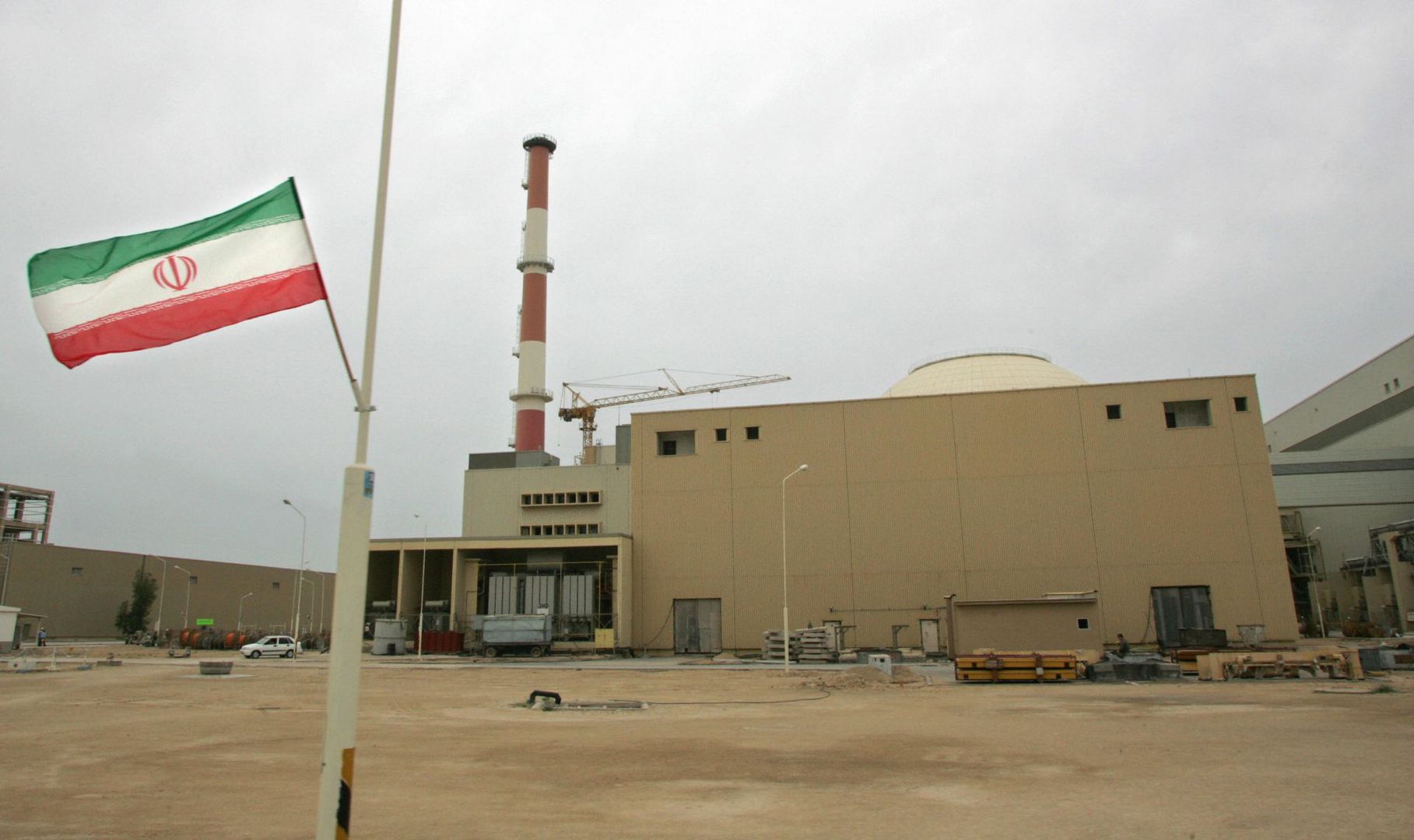In 2010 the governments of the 26 EDA pMS spent a total of EUR194 billion on defence. The US spent the equivalent of EUR520 billion (or $689 billion).
Between 2006 and 2008 the aggregated defence expenditure of the 26 EDA pMS has been about half that of the US. In the years 2009 and 2010 this difference increased. While the EU aggregated defence expenditure decreased from EUR201 billion in 2008 to EUR194 billion in 2010, US expenditure increased from EUR416 billion ($612 billion) to EUR520 billion in the same period.
Comparing defence spending with other macroeconomic data, in 2010 US defence expenditure represented 4.8% of GDP and 11.2% of overall government expenditure. In the EU these ratios were, respectively, 1.6% and 3.2%. As for defence expenditure in relation to the total population, the US spent EUR1 676 ($2 222) per capita in 2010, while the EU spent on average EUR390.
In terms of allocation of the defence budget there remain significant differences between the EU and the US. Between 2006 and 2010, EU pMS spent half of their aggregated defence budget on personnel (civilian and military staff). In the US, personnel costs represented slightly less than one third of total defence spending during the same period. Operation and Maintenance costs of EDA pMS were between 22% and 23% of total defence expenditure for the period 2006 to 2010. In the US this percentage was closer to 30%.
Another important component of the defence budget is defence Investment (Equipment procurement and R&D/R&T). In the EU the proportion of the budget dedicated to investment has always been lower than in the US (respectively 20% and 30%). However, it increased from 19% in 2006 to 22% in 2010: from EUR39 billion in 2006 to EUR43 billion in 2010. As for R&D expenditure the US spends more both in absolute terms and as a proportion of defence expenditure. In 2010 EU governments spent in total EUR9 billion on defence R&D (4.4% of defence expenditure). For the US these values were, respectively, EUR58 billion ($77 billion) and 11.2% (this percentage has however decreased from the 13.2% spent in 2006).
Turning to defence personnel, in 2006 total defence staff was higher in the EU than in the US (2.4 million against 2.1 million). Between 2006 and 2010, the number of staff working in defence decreased by 17% in the EU and in the US it increased by 6%. As a result in the past two years (2009 and 2010) the relative position changed and total personnel in the US exceeded the number of personnel in the EU (2.2 million and 2.0 million respectively in 2010).
Military personnel represents 80% of total personnel in the EU while in the US the proportion is 66% (these proportions have remained constant for the period 2006 to 2010). In terms of absolute figures, the US has twice as many civilian defence staff as the EU (778 thousand and 390 thousand), whereas the EU has more military staff than the US (1.6 million in the EU against 1.4 million in the US).
In terms of deployed personnel, the US deployed on average almost 200 000 troops. This represents 14% of military personnel. The EU deployed 66 000 troops, 4% of the total military personnel.
[download id=”105″ format=”1″]









